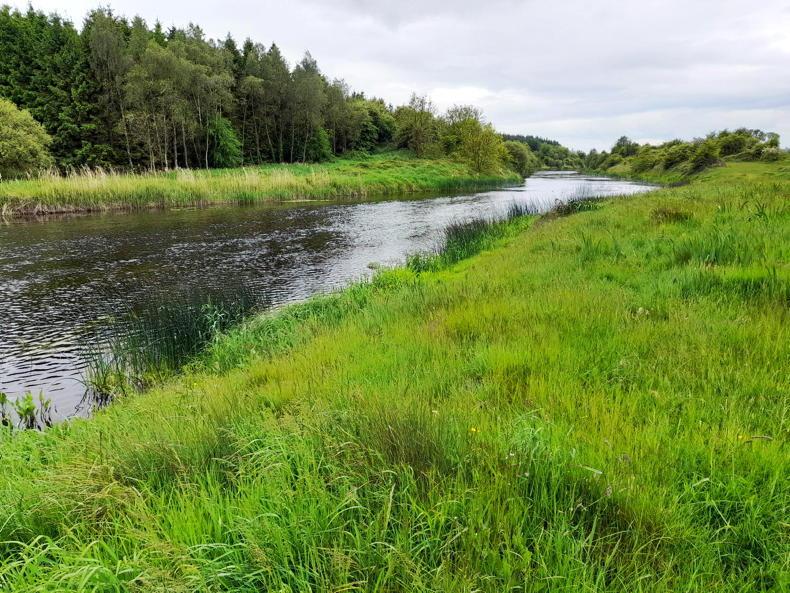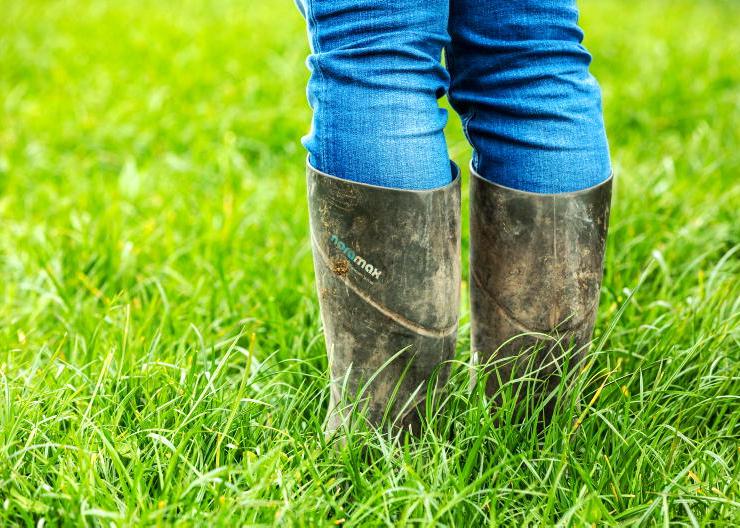The big talking point at the moment is the price of fertiliser, or more specifically talks of it dropping in price. For the most part, it is just that – talk.
Prices in most merchants’ yards haven’t dropped yet and there’s a bit of a stand-off developing between farmers who are waiting for prices to fall before buying their stocks and merchants who are waiting for what stock they have in the yard to be sold before dropping prices for new stock.
In general, farmers who need to spread nitrogen now only need to spread relatively small amounts compared to their annual total amount of nitrogen spread.
Therefore, if fertiliser must be purchased, it’s best policy to only buy how much you need for now and wait until later to buy more.
For most farmers, the economics of early spring nitrogen are still positive, even for lower margin sectors, because if the alternative is meal and silage then even expensive fertiliser will be cheaper. However, that presumes that there will be a decent response to fertiliser in terms of grass growth and that means soil fertility and grass species must be good.
Some of the steps involved in setting up the fertiliser spreader are outlined here.
Looking at spreading charts and calibration charts and smartphone apps can get confusing, so make sure you have worked out the difference between kg/ha and kg N/ha when it comes to fertiliser spreading settings.
Siobhán Walsh takes a look at protected urea and how long the chemical which inhibits ammonia loss lasts for.
The big talking point at the moment is the price of fertiliser, or more specifically talks of it dropping in price. For the most part, it is just that – talk.
Prices in most merchants’ yards haven’t dropped yet and there’s a bit of a stand-off developing between farmers who are waiting for prices to fall before buying their stocks and merchants who are waiting for what stock they have in the yard to be sold before dropping prices for new stock.
In general, farmers who need to spread nitrogen now only need to spread relatively small amounts compared to their annual total amount of nitrogen spread.
Therefore, if fertiliser must be purchased, it’s best policy to only buy how much you need for now and wait until later to buy more.
For most farmers, the economics of early spring nitrogen are still positive, even for lower margin sectors, because if the alternative is meal and silage then even expensive fertiliser will be cheaper. However, that presumes that there will be a decent response to fertiliser in terms of grass growth and that means soil fertility and grass species must be good.
Some of the steps involved in setting up the fertiliser spreader are outlined here.
Looking at spreading charts and calibration charts and smartphone apps can get confusing, so make sure you have worked out the difference between kg/ha and kg N/ha when it comes to fertiliser spreading settings.
Siobhán Walsh takes a look at protected urea and how long the chemical which inhibits ammonia loss lasts for.










SHARING OPTIONS